Latest Projects
Our projects aim to have tangible impacts for all barley-related industries in the breeding, farming, malting, brewing, feed, food and health sectors.
TAY5G ROBOTICS – DCC – 5G – FUTURE FARMING-ROBOTICS TEST BED
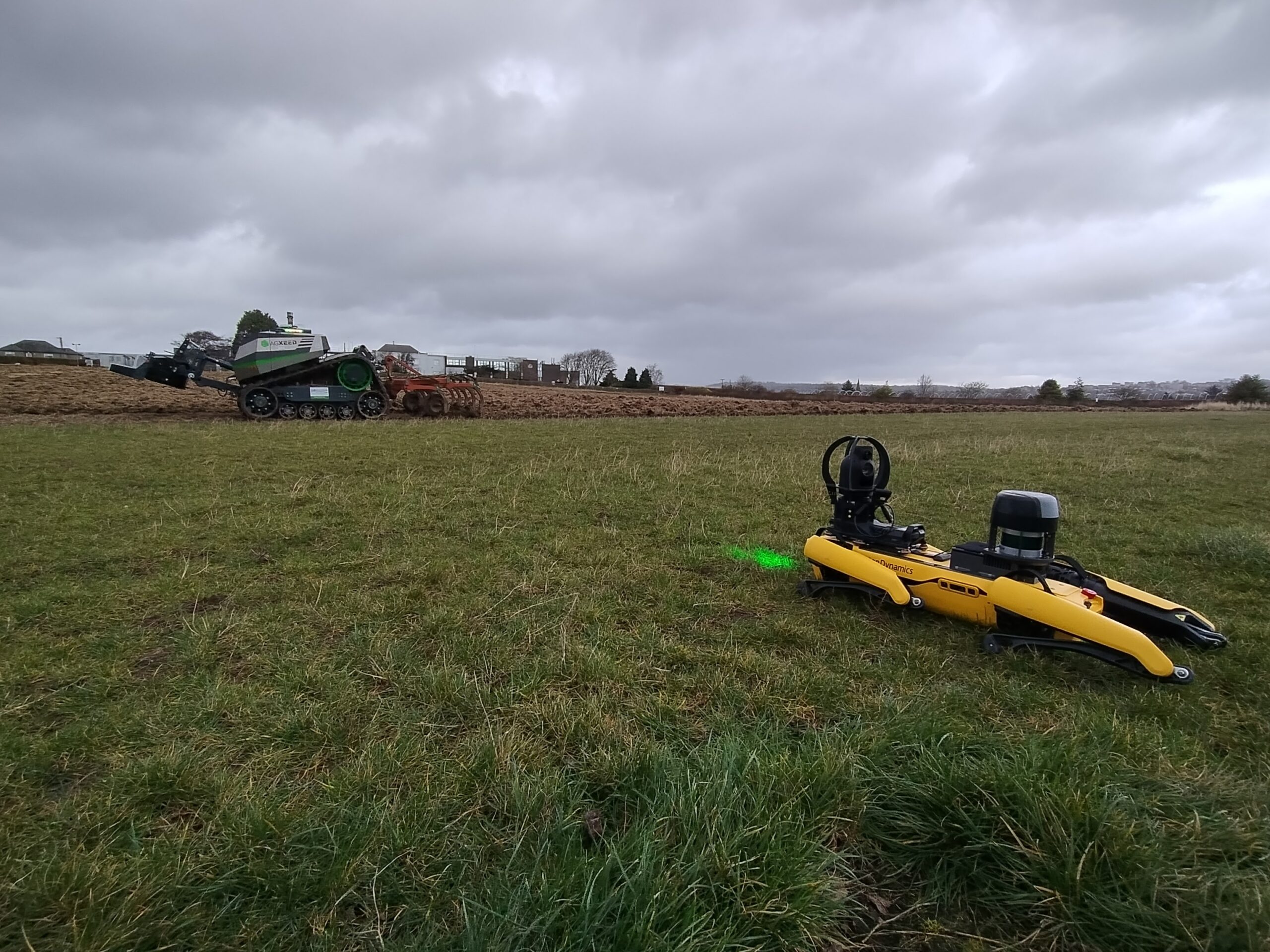
Using robotics platforms with integrated or native 5G capability from Soil Essentials and The National Robotarium, we evaluated Ultra-Reliable and Low Latency Communications (URLLC) for control of autonomous vehicles at JHI Invergowrie using the Scotland 5G Centre’s Celona 5G Private Network providing:
- Robotics test bed site and relevant field demonstration area
- Integration of 5G data connection in 3 robotic platforms tested on site at Mylnefield farm within 5G private network environment for reliable control and repeatable operation (including a world first!)
BERE BARLEY – BACK TO THE FUTURE: ANCIENT BARLEY
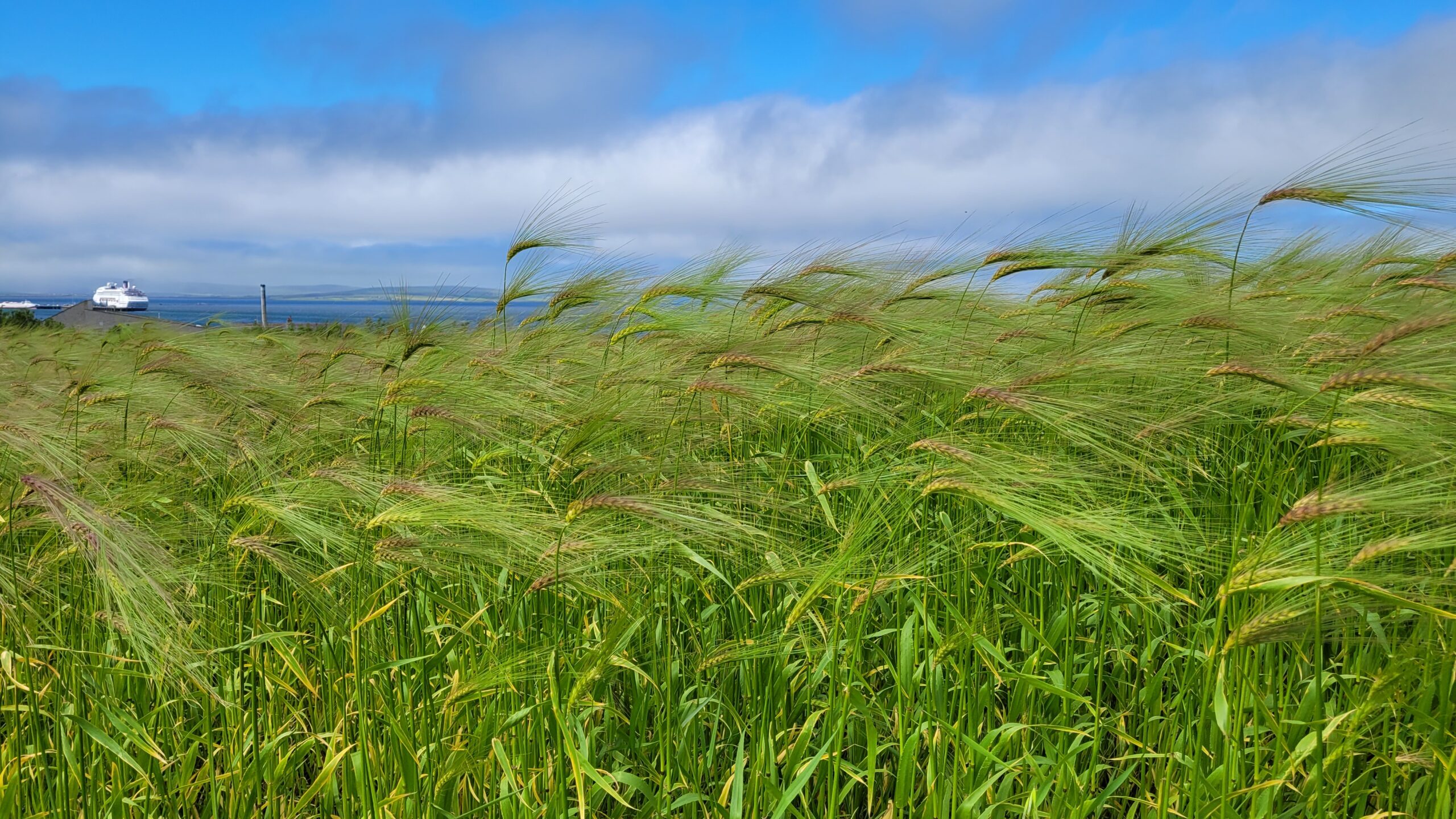
2024- 2028
In this project, we aim to thoroughly characterize this material under different growing conditions (Western Isles, Orkney, Dundee) to identify genotypes with desirable traits, to allow genetic mapping of and marker development for these traits and to assess the stability of these traits under different conditions. Genotypes with beneficial traits can be used to a) introgress nutrient efficiency from Beres into elite germplasm and b) develop novel Bere types with improved traits. We propose to test these selected genotypes for trait stability under different climate change scenarios.
COMPALEGU – BARLEY-LEGUMES COMPANION CROPPING

2024- 2028
The BARIToNE project “Barley-legumes companion cropping for continuous grain and soil health”, supported by MAGB, investigates the sustainability potential of under-sowing barley with short herbaceous-legumes (i.e. companion cropping). The project hypothesises that herbaceous-legumes understory can improve soil health and reduce N- inputs requirements by continuous soil cover and biological N-fixation, as well as reduce herbicide application by over-competing weeds.
FUTUREBAR – FUTURE PROOFING BARLEY CO2 WORLD

2024- 2028
The aim of the project is to determine genetic variation in barley response to elevated CO2 (e CO2) and to identify the underlying genes and molecular circuits that regulate those responses. Ultimately we aim to provide underpinning knowledge to advance breeding for e CO2 resilient barley cultivars.
The picture below shows plant growth under ambient and elevated CO2 is measured using 3D laser scanning and RGB imaging using the Photon Systems Instruments Plant Screen SC system. This can identify genotypes that show positive yield responses to a higher CO2 growing environment.
CROPASSOCCE – EU CAP NETWORK – CROP ASSOCIATION INCLUDING MILPA AND PROTEIN CROPS

2023- 2025
The EU-CAP Network for the Focus Group on ‘Crop Associations, including protein crops and Milpa’ comprised European experts in research and practice who met to discuss and contribute information about the factors that lead to successful implementation of mixed species cropping or that constrain its adoption. Intercropping with legumes can be used by barley growers to reduce inputs (particularly nitrogen fertiliser) and support biodiversity.
NUE-LEG-LEGUME GEN OPTIMISE NUE
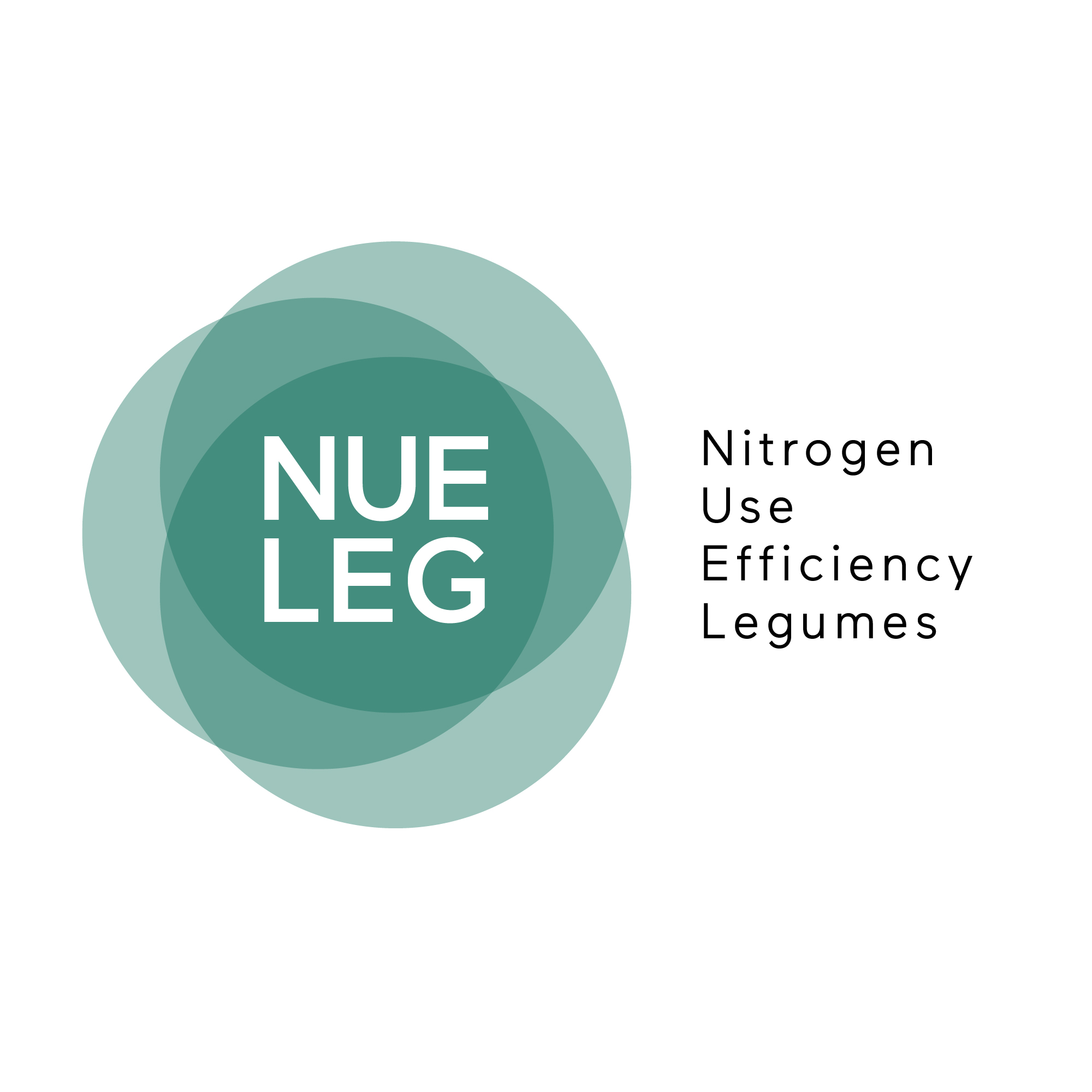
2023- 2027
The NUE-Leg project (2023-27), tests and optimises the performance of climate smart forage legumes varieties – of clover and Lotus. The research and development including characterisation and application of elite rhizobia infield settings. NUE-Leg seeks to transform grassland farming in the UK, and globally; by cutting emissions and supporting farm profitability. Further information on NUE-Leg may be sought here.
AGREGEN: Regenerative Agriculture Programme for Malting barley

2023- 2025
This project funded by Diageo aims to promote the use of regenerative practices in the barley value chain and drive holistic benefits including enhanced biodiversity, improved water stewardship, carbon reduction and better soil health management. The project will monitor the impact of the practices on soil health in systems across Scotland.
COUSIN: Crop Wild Relatives Utilization and Conservation for Sustainable Agriculture

2022- 2027
A 5-year project funded by the EU Horizon Europe programme with the aim of enabling conservationists, breeders, farmers and consumers to migrate towards a crop wild relative (CWRs) improved system by showcasing representative examples of CWRs for five major European crops, including barley. The COUSIN multi-actor approach will contribute priority traits to support crop diversity, agricultural sustainability and healthy consumer dishes.
BOLD: Biodiversity for Opportunities, Livelihoods and Development
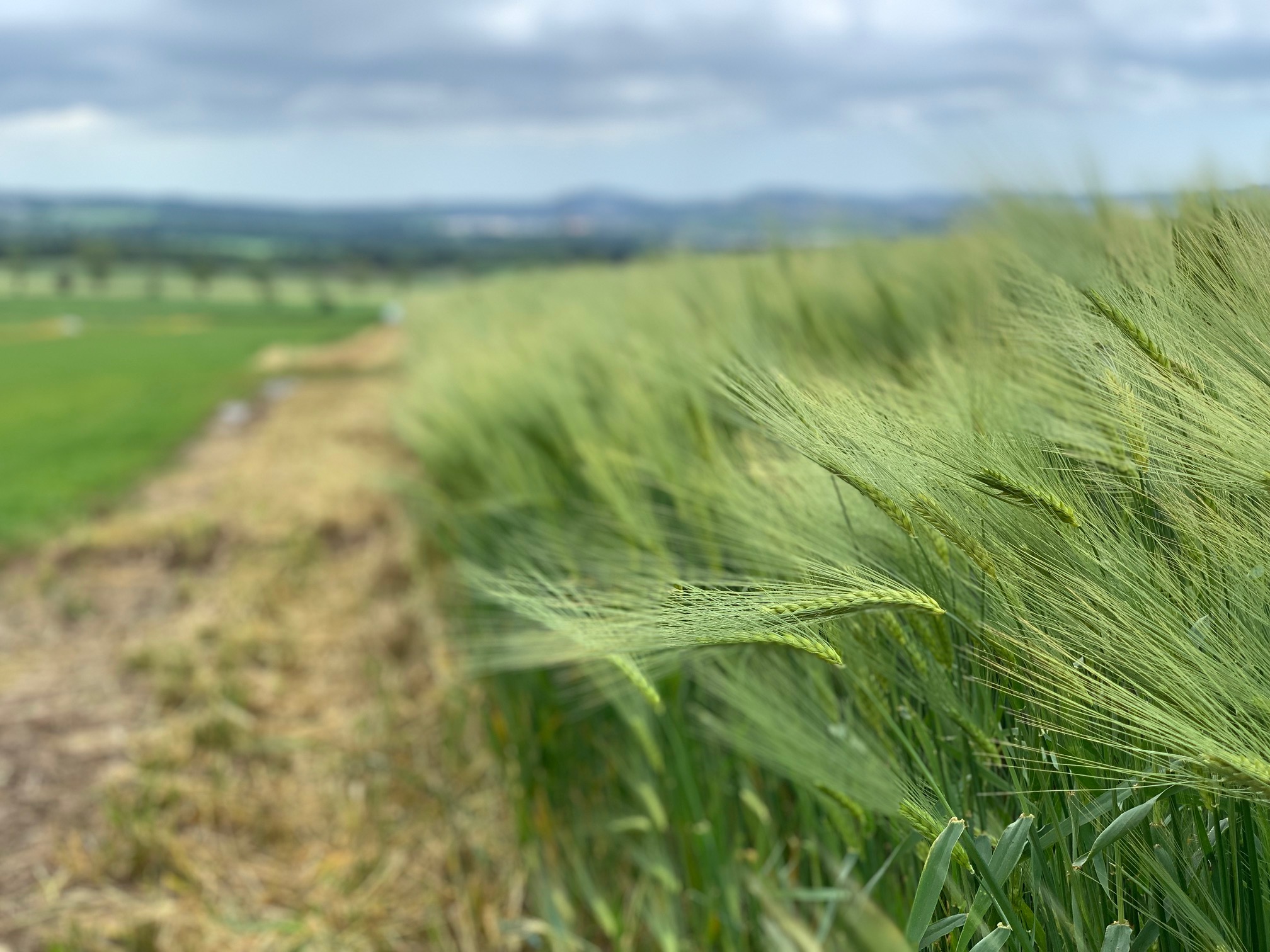
2021- 2030
A 10-year project to strengthen food and nutrition security worldwide by supporting the conservation and use of crop diversity in 7 target crops including barley. Led by the Crop Trust and funded by the Government of Norway IBH’s data science expertise helps support the project and its informatics challenges.
BEST-CROP: Boosting photosynthESis to deliver novel CROPs for the circular bioeconomy

2023- 2028
A 5-year project focused on barley to increase photosynthetic efficiency and O3 uptake while transforming barley straw into high-value bio-based products for the feed, green chemistry, building and composites sectors. Includes 18 project partners from academia and industry.
Root2Res: Root phenotyping and genetic improvement for rotational crops resilient to environmental change

2022- 2027
A 5-year project funded by he EU Horizon Europe programme with the aim of developing root phenotyping tools both in field and controlled conditions, genetic tools with a set of relevant markers and genetic resources and modelling tools to extrapolate the results in other environments and agricultural contexts.
Uncovering the mechanisms of the root gravitropic set-point angle and its application in agriculture

2-year fellowship
A 2-year Marie Curie fellowship, analysing how the gravitropic set-point angle in barley roots is regulated transcriptionally, the signalling mechanism of known players in gravitropism, and the role of the root angle in regard to nutrient and water availability.
SSP project – legume – small scale producers

2024- 2027
A project (2024-27) funded by the Bill and Melinda Gates foundation and led by Legume Technologies Ltd. JHI staff serve as project consultants, providing expertise and independent guidance regarding tests of potentially elite plant growth promoting rhizobacteria.
BARLEY N&CC – BBSRC-Barley production & nitrogen loss
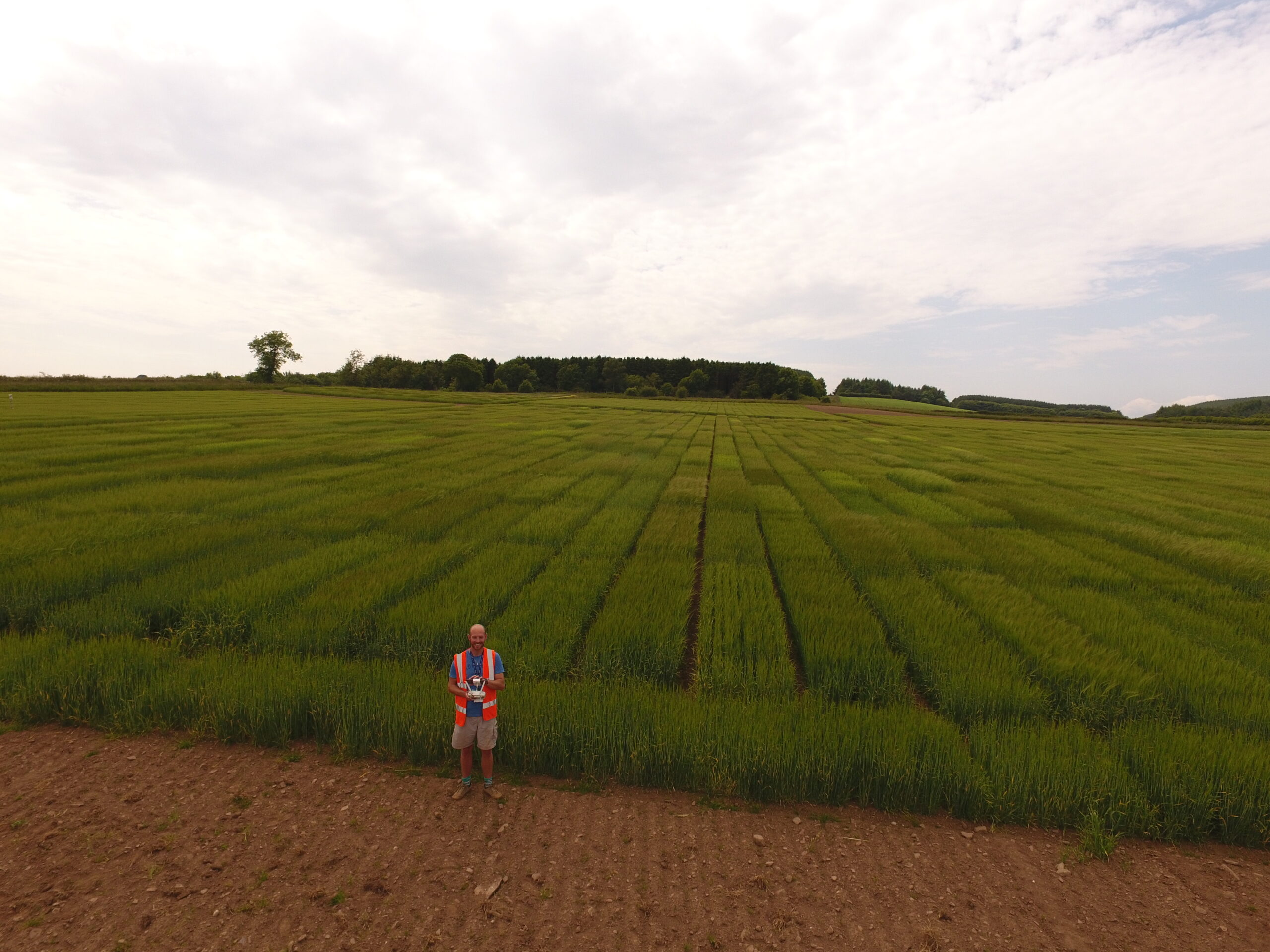
2024- 2028
This is a BARITONE PhD investigating the impacts of climate change on nitrogen leaching in barley crops under future climate change projections, with Diageo as the industrial partner and co-supervised by John Rowan at Dundee University and Mike Rivington and Mohamed Jabloun at the James Hutton Institute.
LEGUMES – UKRI Valorising ES legume-based crop systems

2025-2029
Through the use of ecosystem service indicators legumES seeks to quantify the provision made by legumes is cropped and semi-natural systems – reducing dependence on synthetic fertilisers, lowering GHGs, and enhance biodiversity. The legumES is co-coordinated by JHI and the Universidade Católica Portuguesa (Porto).
ADAPT_HYB_LIA – BBSRC – Producing more with less
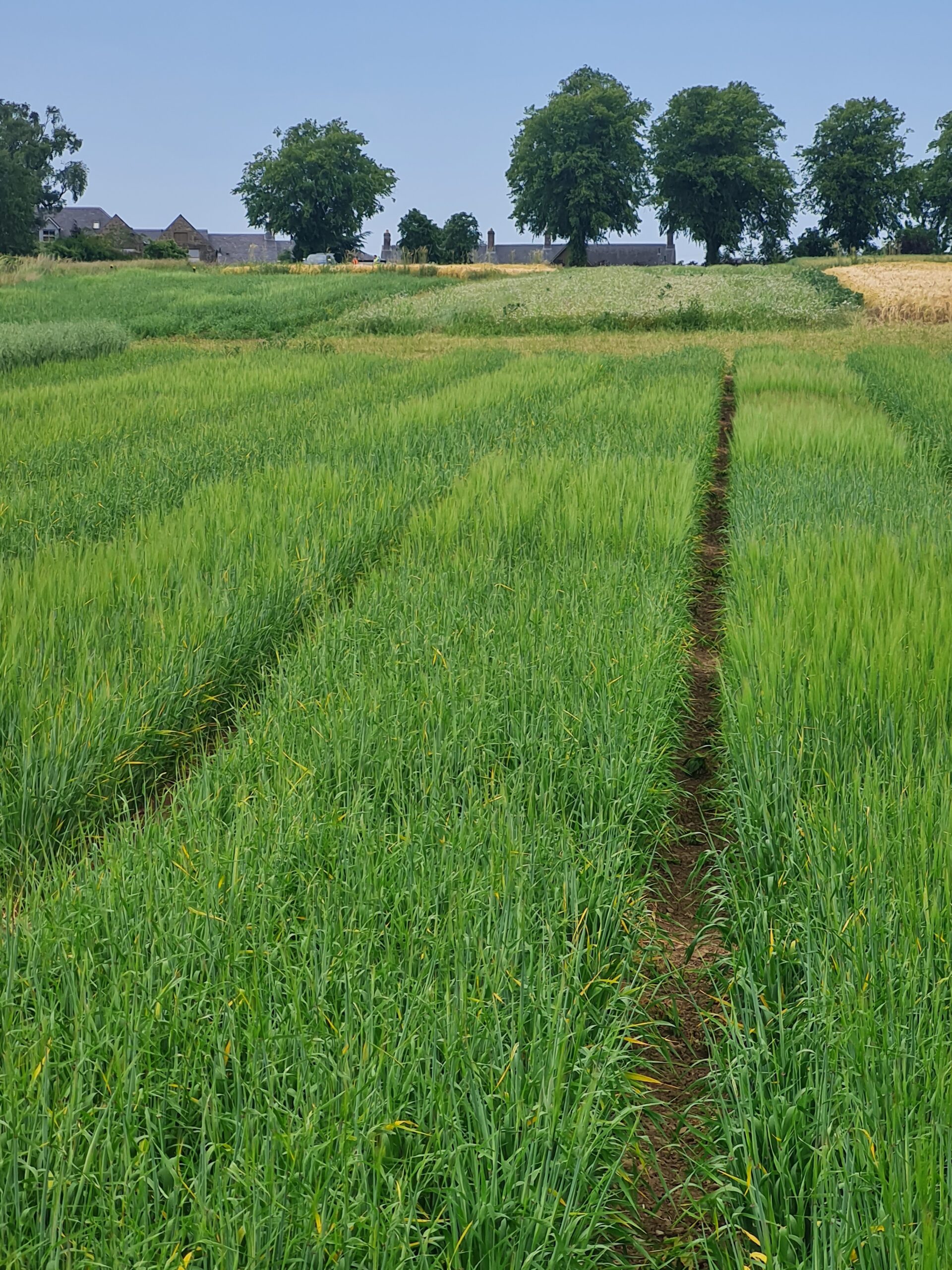
2024- 2028
This research aims to expand the range of GE tools available for barley. Improvements will be made in barley that are relevant worldwide to food and drink security and crop benefit.

